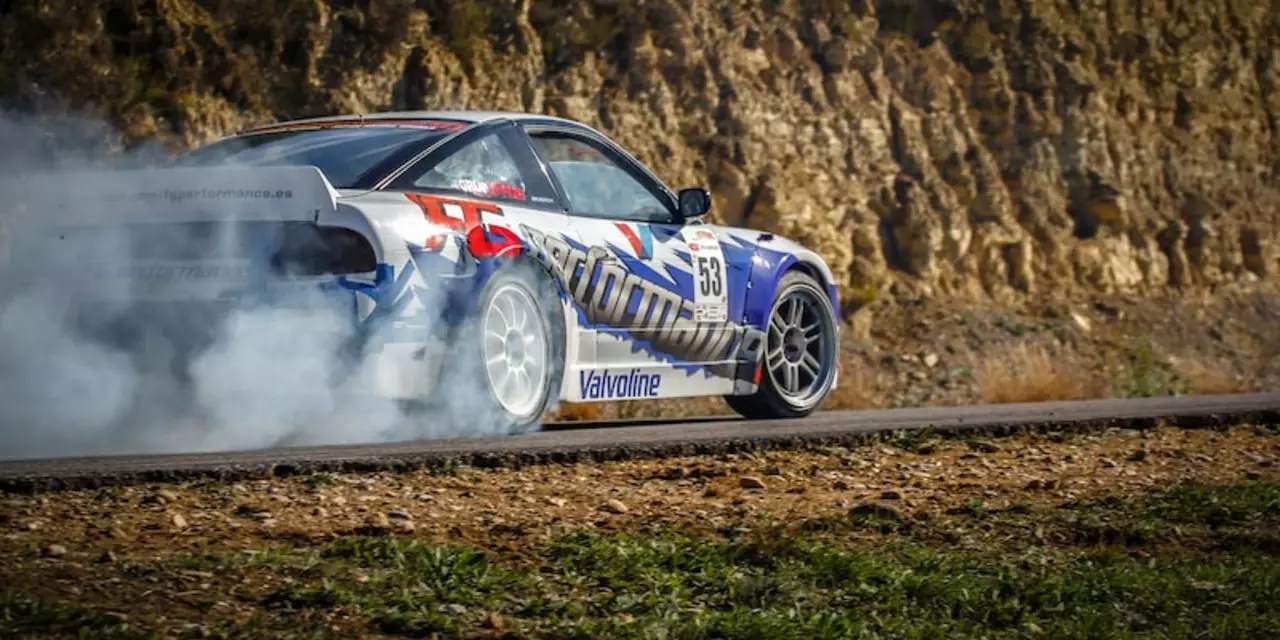Automotive Performance Parts – Choosing the Right Rear‑End Differential
If you’re tweaking a race car, the differential is one of the first parts you should look at. It decides how power is split between the wheels, and that split can make the difference between a clean lap and a spin‑out. In this guide we’ll break down the most common diff types, when they shine, and what to watch for when you’re buying.
Why the Differential Matters
Every time you press the accelerator, the engine sends torque down the driveshaft. The differential’s job is to let the left and right wheels turn at different speeds while still delivering power. On a straightaway you want both wheels to get the same push, but in a corner the inside wheel needs to turn slower. A good diff balances those needs, keeping the car stable and putting power where it can grip.
In racing, stability and grip are everything. A diff that’s too open will waste power on the wheel with little traction, while a diff that’s too locked can cause the car to understeer or break traction on a slick surface. Picking the right style helps you stay on the racing line and extract every ounce of horsepower.
Top Differential Types for Racing
Open Differential – This is the simplest design. It splits torque evenly, which works fine for everyday driving but often leaves power on the wheel with the least grip on the track. If you’re just starting out or racing on a smooth, high‑grip circuit, an open diff can be a cheap, reliable choice.
Limited Slip Differential (LSD) – An LSD adds friction inside the unit so the wheel with more grip gets a bigger share of power. For most club‑level racing, a clutch‑type or helical LSD is a solid middle ground. It gives you better acceleration out of corners without being too aggressive.
Locking Differential – When you engage a locker, both wheels turn together as if they were on a solid axle. This is great for off‑road rally or drag racing where you need maximum traction in a straight line. On a twisty road course, a full lock can make the car hard to steer, so many racers use a selectable lock that you can turn on only when you need it.
Torque Vectoring Differential – The newest tech on the market uses electronic controls or gears to actively send more torque to the outside wheel during a turn. The result is sharper cornering and less understeer. It’s pricey, but if you’re chasing lap times in a high‑performance build, the payoff can be noticeable.
When you’re shopping, look at three things: durability, adjustability, and weight. A heavy diff can throw off your balance, especially on a lightweight chassis. Many aftermarket brands let you tweak the preload or clutch plates, which lets you fine‑tune how much slip you want. And of course, the diff needs to handle the torque your engine produces without failing.
Installation is usually a bolt‑on job, but you’ll need the right tools and a good shop manual. Align the rear wheels after you swap the unit; a mis‑aligned diff can cause uneven tire wear or pull the car to one side.
In the end, there’s no one‑size‑fits‑all answer. If you race on dry, high‑grip circuits, a well‑tuned LSD will likely give you the best lap times. If you tackle mixed surfaces, a selectable locker or torque‑vectoring unit might be worth the extra cost. Think about your track, your driving style, and your budget, then match the diff to those needs.
Got more questions about performance parts? The rest of the category page is packed with guides on exhausts, suspension, and brake upgrades. Dive in and keep your car moving faster.
What is the best type of rear end, differential, for car racing?
Differentials are a key component of any car's drivetrain, and can have a major effect on its performance in racing. The best type of differential for car racing depends on the type of racing, track conditions, and the driver's preference. Open differentials are the most common type of differential, providing equal power to both wheels. Limited slip differentials are better for racing, as they allow more power to be sent to the wheel with the most traction. Other types include locking differentials and torque vectoring differentials, which provide even more power to the wheel with the most traction. Ultimately, the best type of differential for car racing will depend on the individual driver's needs and preferences.









